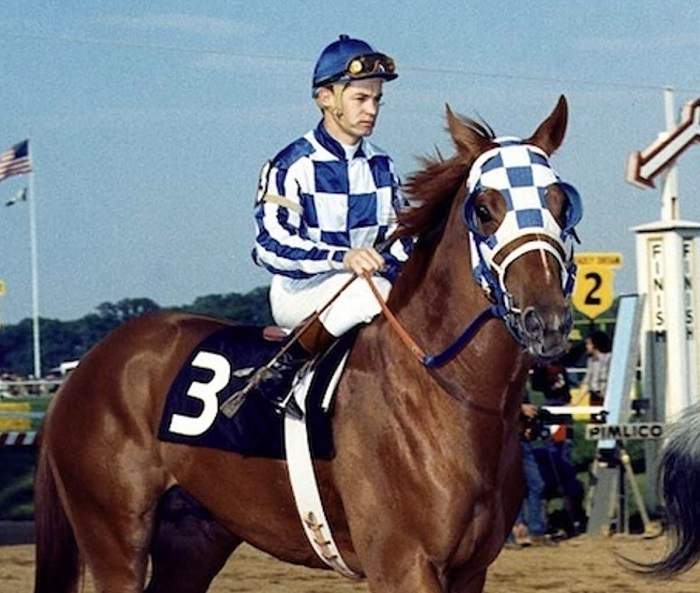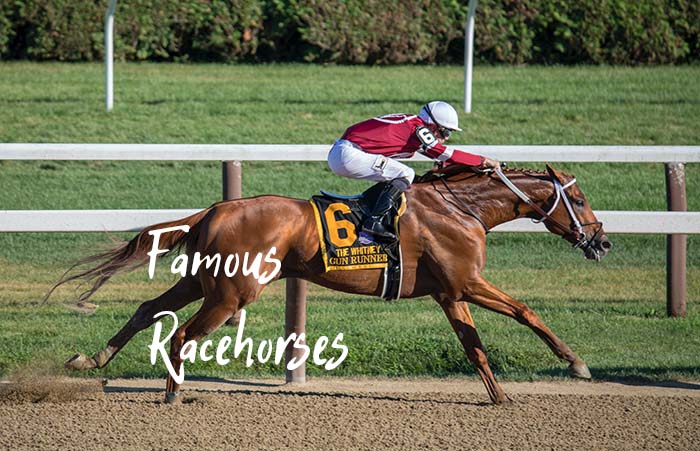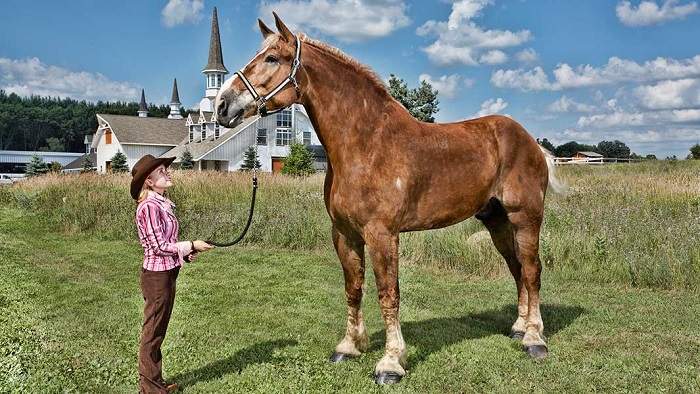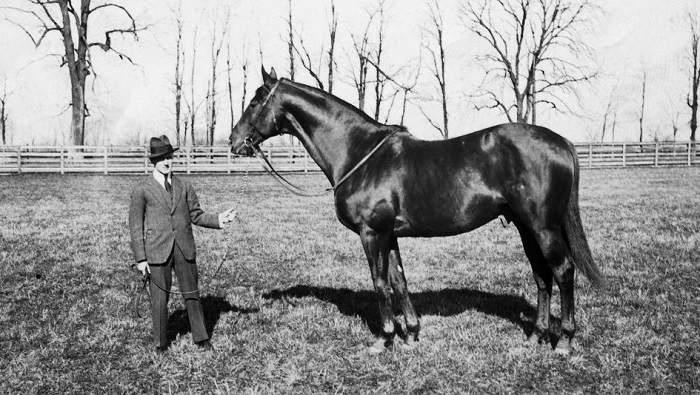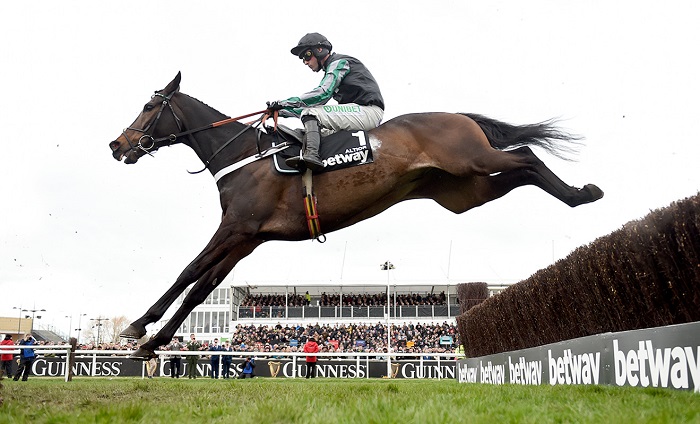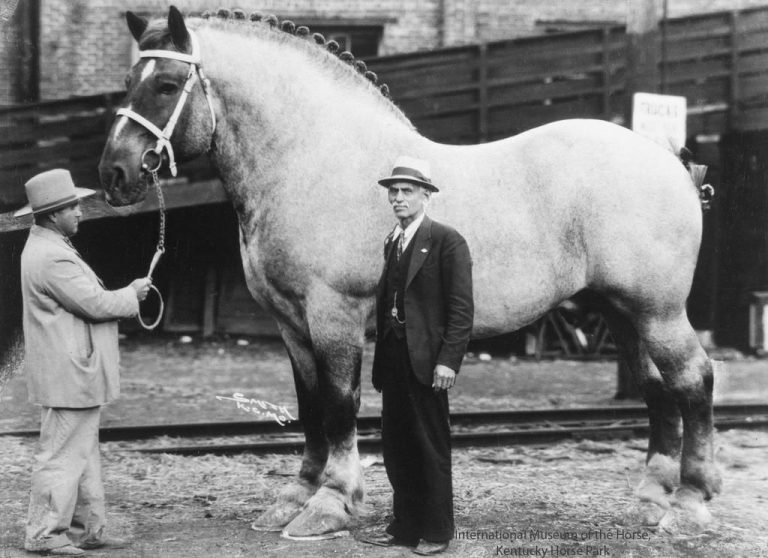8 Things You Didn’t Know About Seabiscuit
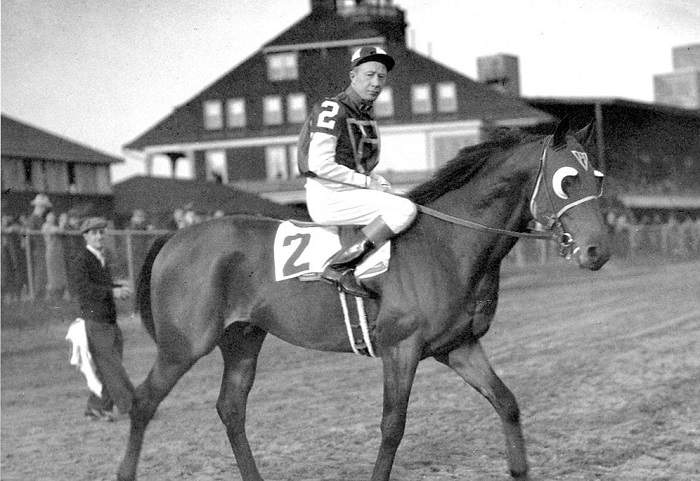
Seabiscuit the horse – a descendant of the legendary Man o’War, and an exceptional race winner, has led an interesting and successful life. Foaled in Lexington, Kentucky, on May 23, 1933, he went on to become one of the Country’s top money-winning racehorses up to the 1940s. He also became an inspiration for hope and better days during the Great Depression.
Numerous books and movies were written about his life, including non-fiction books and fiction films. Today, I wanted to share with you some incredible facts about Seabiscuit’s life, facts that you might not be aware of. Here are 8 things you didn’t know about Seabiscuit – American Horse of the Year in 1938.
1. Seabiscuit was not a tall horse.
Seabiscuit was a thoroughbred, and if you’re a bit familiar with this particular horse breed, you probably know that it averages around 16 hands in height. Seabiscuit was the exception to this rule, as he stood only 15 hands tall.
In racing, this didn’t provide him with much of an advantage, but it didn’t hinder his progress either. At 15 hands, he was considered a small horse, especially for its breed. What he lacked in height, however, he made up in spirit and outstanding fitness.
Some argued that Seabiscuit’s lower center of mass actually made him more nimble and more maneuverable in the bends. Considering the horse’s disappointing career start, I’d say that’s not particularly true. Speaking of his career start…
2. His racing career had a disappointing start.
Seabiscuit’s first races did not go well. Actually, nobody could have imagined that he would become so successful judging from his career debut. He won only a fourth of his first 40 races, which is far from impressive.
Initially, Seabiscuit was owned by Wheatley Stable and trained by “Sunny Jim” Fitzsimmons, who considered him too lazy and lethargic. After he lost his first 17 races, Seabiscuit became the butt of stable jokes, and Fitzsimmons didn’t pay too much attention to him.
This all changed when the horse managed to win two races at Narragansett Park and setting a new track record. Success came in a bit later when Seabiscuit received a new trainer – Tom Smith.
3. Seabiscuit suffered a serious injury but recovered.
Around 1938, Seabiscuit was injured during a race. His rider felt him stumbling and immediately knew something was wrong. Upon inspection by a physician, it was revealed that he had a ruptured suspensory ligament in the front left leg. Now, most horses would retire for life in the face of such an injury. Indeed, nobody really thought that Seabiscuit would ever race again.
As luck would have it, he was recovering at the same ranch as Red Pollard, one of his most prominent jockeys. Pollard was also injured during a race, so the two had quite a bit in common. Together, they regained their strength, and Seabiscuit would race once again on February 9, 1940, in Santa Anita.
He came in third during that first race, but he did win the final and most important one. He took home the $121,000 prize, and he received praise from tens of thousands of spectators.
4. Seabiscuit lived a very short life for a horse.
Horses generally live between 25 and 33 years on average. I’ve mentioned this in my separate article about a horse’s average lifespan. When it comes to Seabiscuit, his time on Earth was relatively short-lived. He died on May 17, 1947, in Willits, California, most likely of a heart attack.
If he had lived just six days more, he would have been 14. Therefore, technically speaking at least, Seabiscuit died at the young age of 13. If you would like to visit his grave, you can find it at Ridgewood Ranch in Mendocino County, California.
5. Seabiscuit only sired 108 foals.
Seabiscuit retired from racing on April 10, 1940. He lived out the rest of his days at Ridgewood Ranch near Willits, California. As is customary with successful racehorses, this one was put to stud, and he even managed to sire two relatively successful steeds: Sea Sovereign and Sea Swallow.
Overall, however, Seabiscuit only managed to sire 108 foals. That’s not a lot for a legendary racehorse such as himself. To put things in perspective, Secretariat sired no less than 663 named foals. Then again, Seabiscuit didn’t live for very long. Perhaps if he had more time, he could have sired many more, and some of which might have inherited his racing talent entirely. Sadly, we will never know.
6. His name was inspired by his sire.
Seabiscuit was sired from a mare named Swing On and sire Hard Tack. Hard Tack was a son of Man o’War, another incredibly successful racehorse that I covered in a separate article. You can check that one out right here.
Have you ever wondered where Seabiscuit got his name from? It was actually inspired by the name of his sire. Both Hard Tack and Seabiscuit refer to the same thing: a cracker type generally eaten by sailors. Quite clever, if you ask me, to find synonym names for a sire and its foal. As far as I’m aware, no other two horses share a name so similar in terms of significance.
7. Seabiscuit wasn’t a big fan of heavy ground.
Seabiscuit didn’t like heavy ground. This was common knowledge during the time, but not so much in our days. It’s not too difficult to understand why this horse would not prefer this type of groundwork. For once, it is designed to push a horse’s system to its limits. It generally consists of very wet and hard to run ground that forces the horse to use every last bit of stamina at its disposal.
In 1937 and 1938, everyone was excited about a legendary matchup between Seabiscuit and War Admiral, his grandsire. However, due to Seabiscuit’s dislike of heavy ground, he was eventually scratched from the race and the two horses never got a chance to face one another.
8. There are seven statues of Seabiscuit in the world.
There’s a shopping mall built on the former site of the Tanforan Racetrack, and there’s a statue of Seabiscuit just outside its main entrance. This statue is not lifesized, mind you, but it does deliver some impressive detail.
W. Arnold Hanger donated a small statue of Seabiscuit to the Keeneland Library in the 1940s.
The first life-sized bronze statue of Seabiscuit was finished by Frank Buchler in 1941 and was originally installed at Santa Anita Park. You can see it today at the track’s walking ring, in Seabiscuit Court.
A sculptor named Hughlette “Tex” Wheeler created two statues of this wonderful horse in 1941. One is at the Santa Anita racetrack in Arcadia, CA, while the other is in Saratoga Springs, just outside the National Museum of Racing.
Ridgewood Ranch finally got its own statue of the legendary racehorse in 2007.
On the 100th anniversary of George Woolf’s birth, a beautiful statue of him and Seabiscuit was unveiled at the Remington Carriage Museum. The event took place on July 17, 2010.

